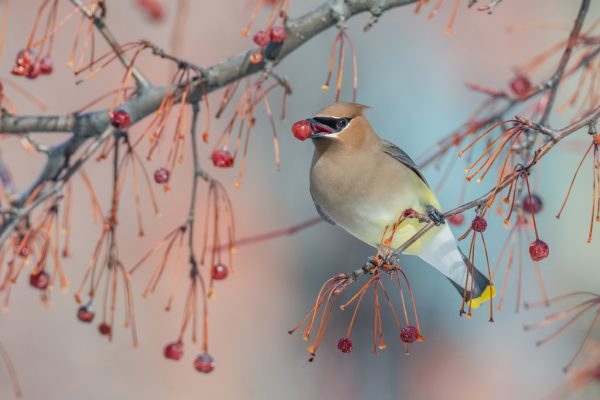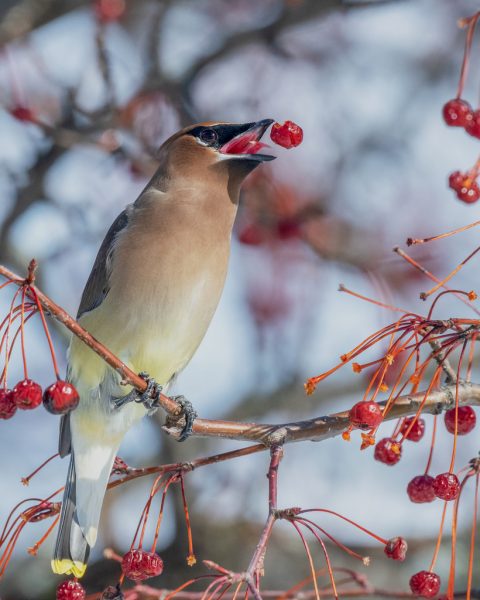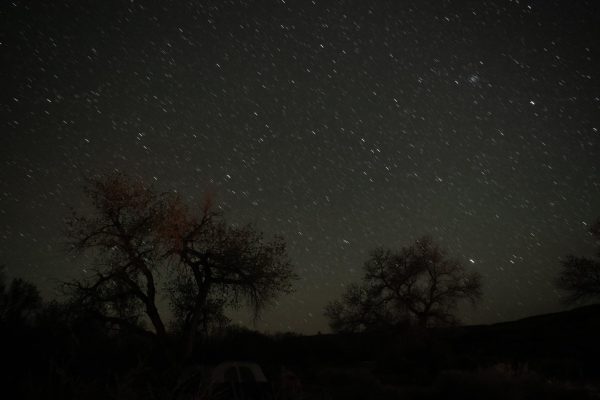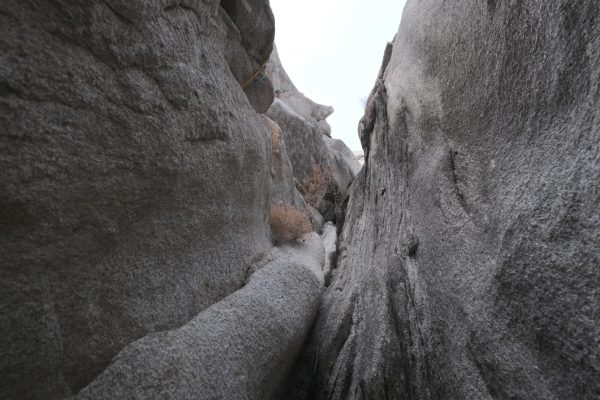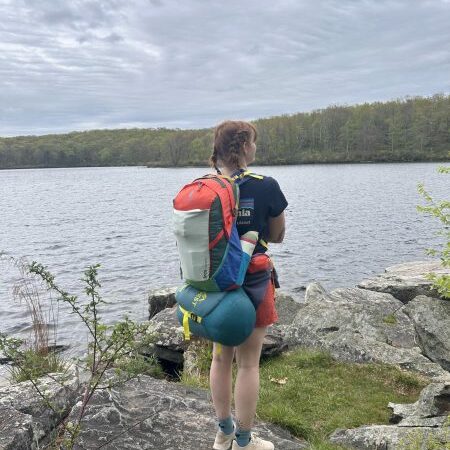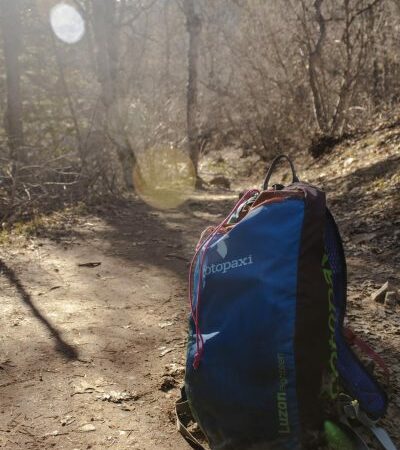Outdoor Research at the U: Building a Safer Campus For Our Birds
When I first saw the 2016 film Storks, I was in stitches. The movie has all sorts of comedy from Andy Samberg’s witty stork character to the ludicrously dumb Pigeon Toady. However, what had me chuckling most often was the recurring slapstick bit, “Birds can’t see glass!”
Though played for laughs in the animated movie, the sight of storks barreling into panes of glass works because it’s rooted in a simple truth: bird collisions with windows are all too common. I’ve heard many anecdotes of birds crashing headfirst into glass. My dad, for instance, often recounts the time he was studying in the library at the University of Nevada, Las Vegas, when a bird slammed into the window, leaving a near-perfect imprint on the glass. Friends of mine have shared similar stories—birds flying into their dorm windows or even hitting their car windshields. The unfortunate frequency of these incidents highlights a sad reality: that nature often has to learn the hard way what it means to live alongside humans.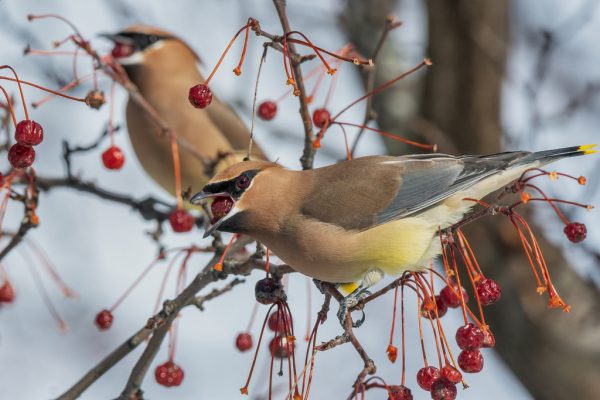
Dr. Barbara Brown, an emeritus professor in the University of Utah’s Family and Consumer Studies department, shared her own stark experience in our interview. She recalled with a pained chuckle, how a bird collided with a window at full speed during a meeting in the Alfred Emery Building (AEB). Dr. Brown rushed to the scene afterward, finding one bird alive, but several other dead birds scattered around AEB’s reflective outer walls.
This marked the beginning of the Bird Window Collision Project at the University of Utah.
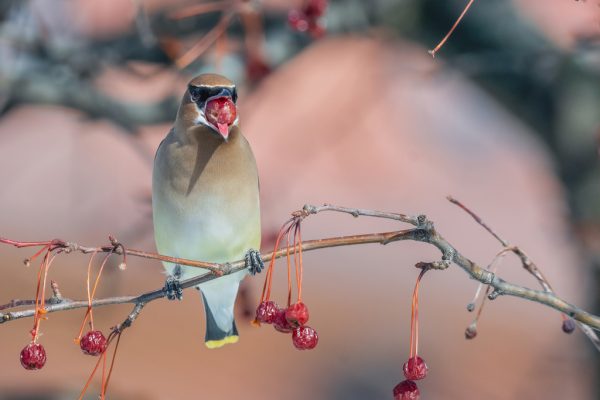
Step One: Finding the Hotspots
The first step in Dr. Brown’s project was to confirm if her suspicion was correct: that the number of bird collisions and deaths around AEB was abnormally high. Dr. Brown and her team began tracking bird collisions, utilizing the app iNaturalist. This app allows users to upload wildlife sightings–in this case, the deceased birds–along with time and location information. This provides both a space for hobbyists and wildlife enthusiasts and a tool for researchers to gather data through citizen science.
The team began cataloging bird collisions during the winter of 2018. They found that AEB was indeed a bird collision hotspot. The building recorded 15 bird collisions that winter, an alarmingly high number compared to the average 1.7 collisions at other buildings on campus. Tracy Aviary’s similar initiative, which has been collecting data since 2017, tracks birds killed by collisions around Salt Lake City’s downtown area.
Dr. Brown’s project and Tracy Aviary’s initiative revealed a disturbing trend: most bird collisions were concentrated around just a few buildings, which share a tragic commonality. Each “hotspot” building had been designed to bring nature into the urban landscape. They feature large swaths of windows, windows facing each other to produce a “tunnel” illusion, reflective windows that show off nature, and windows near large, trees. While these designs were meant to bring the outdoors into our city planning, they inadvertently put birds at risk.
Step Two: Finding Solutions
Though Storks presents birds’ inability to see glass as a goofy comedic relief, the movie is unfortunately correct. Most birds lack the instinct, evolutionary history, or biological ability to recognize glass as a barrier. For clear windows, birds perceive an open pathway. For reflective ones, birds are tricked into thinking a building is another open space, especially when trees are planted nearby. Instead of an obstacle, birds see more trees to land on and forage in. They fly in with full force, not realizing there is nothing to land on, only something to hit.
AEB, in particular, is a hazardous spot. The building’s reflective windows and proximity to pear trees–a favorite winter fruit for Cedar Waxwings–create an “ecological trap.” The trees become a deadly lure, like peanut butter in a mousetrap.
Fortunately, birds are still quite perceptive, and a small modification to the glass can help them detect it as an obstacle. For example, if you spend time in President’s Circle around AEB and the James Talmage Building (JTB) you’ll notice small dot grids on the windows. These aren’t just an aesthetic choice, they are “Feather Friendly” dots. Dr. Brown’s project, which received funding from the Sustainable Campus Initiative Fund, installed these ¼-inch dots every 2 inches on the windows, and they worked. The project team counted bird collisions before and after the windows were treated with dots and found that this mitigation strategy reduced the number of bird collisions by 71-92%. The birds were finally seeing the glass.
Step Three: Keeping the Work Going
While mitigation efforts have proven effective, they are costly. The Bird Window Collision Project spent over $45,000 to treat the windows of just two buildings—and there are still plenty of buildings to improve. Other spots on campus, such as the Warnock Engineering Building and Red Butte Gardens, are still major problem areas.
Despite the high costs and limited funding (as well as Dr. Brown’s retirement), another professor is eager to help keep the mitigation efforts going. Professor Maximilian Werner, a professor of Writing and Rhetoric Studies at the U, is currently outlining a new initiative that involves campus partners and undergraduate involvement.
Additionally, Dr. Brown has been collaborating with the Salt Lake City Audubon Bird Window Collision working group and Tracy Aviary to advocate for bird-friendly building and architectural designs from the outset. By considering bird safety in new building designs we can avoid later costly retrofits. This approach has already been implemented in newer campus buildings, including the Quinney Law Building and Gardner Commons. Other cities and universities, including Penn State, Portland, Oakland, Yale, and Duke University, have started to adopt bird-friendly building practices.
How You Can Help
This is an issue where U of U students can make a real difference. Campus planners will be more likely to act if enough students express interest. If you care about this cause, there are several ways to get involved:
- Contact Dr. Barbara Brown ([email protected]) or Professor Maximilian Werner ([email protected]) to learn more about their research and potential ways to get involved.
- Contribute to the Bird Window Collision Project iNaturalist dataset by visiting https://www.inaturalist.org/projects/university-of-utah-bird-window-collision-project. Continuing to track bird collisions on campus will help researchers understand the effectiveness of different mitigation strategies.
- Get involved with outreach with the Salt Lake City Audubon’s Bird Window Collision Working Group ([email protected]).
- Share this issue with others. Many student groups on campus are involved in tabling events and activities that allow students chances to share things they care about. Student groups such as the U of U Chapter of The Wildlife Society and the Utah Students for Conservation are just some student groups interested in wildlife conservation and research.
For those who love the outdoors, it’s important to recognize how our built environment impacts the natural world. While bird collisions with windows may seem like a punchline or a humorous anecdote, they have real consequences for wildlife. Thanks to ongoing research and efforts by Dr. Brown, Professor Werner, and other advocates, we can work to make our buildings safer for lovely birds.
The post Outdoor Research at the U: Building a Safer Campus For Our Birds appeared first on Wasatch Magazine.
Source: https://wasatchmag.com/outdoor-research-at-the-u-building-a-safer-campus-for-our-birds/
